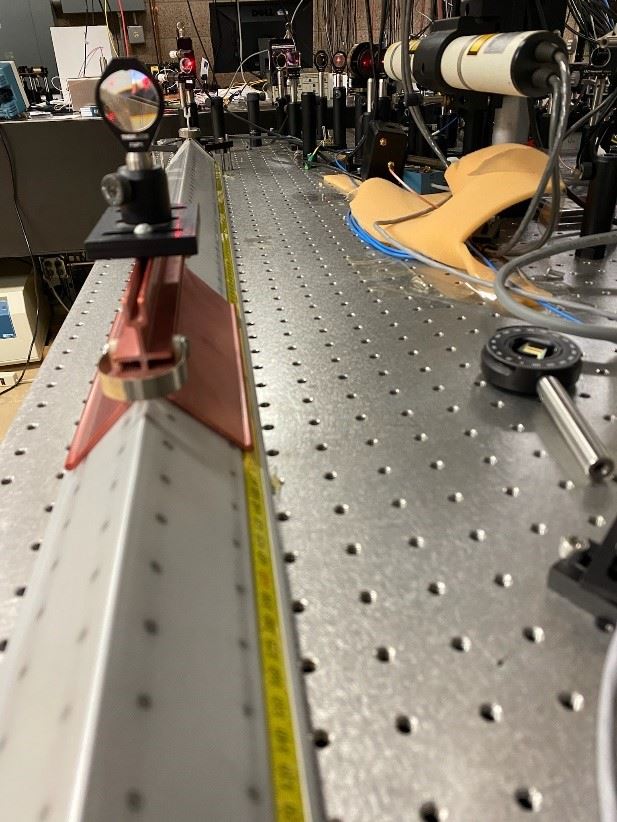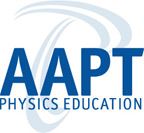- Home
- What We Do
- Laboratory Immersions
- Immersions 2022
- Imm2022Bethel_LaserWavelength
Bethel University, St Paul, MN
Laser Wavelength Measurement Techniques
Dates: June 8, 2022 to June 10, 2022
Number of setups available: 2
Maximum number of participants: 4
------------------------------------------------------------------------------------------------------------------------------------------
 Many atomic physics experiments (e.g. spectroscopy, cooling,
optical pumping) require precise control of a laser’s frequency/wavelength.
Underlying that control is the ability to measure wavelength with the
requisite precision. High-end commercial wavemeters provide that precision but
typically at a considerable cost. In this Immersion, we will use an economical
and pedagogically useful homebuilt solution relying on a stabilized Helium-Neon
laser as a wavelength reference.
Many atomic physics experiments (e.g. spectroscopy, cooling,
optical pumping) require precise control of a laser’s frequency/wavelength.
Underlying that control is the ability to measure wavelength with the
requisite precision. High-end commercial wavemeters provide that precision but
typically at a considerable cost. In this Immersion, we will use an economical
and pedagogically useful homebuilt solution relying on a stabilized Helium-Neon
laser as a wavelength reference.
The apparatus is a two-arm Michelson interferometer, where one arm employs an air track to change its length. Fringes (i.e. intensity modulation) in the outputs of the interferometer reveal the length changes of the track, and counting the ratio of fringes in time between a laser of unknown wavelength and the He-Ne wavelength reference provides the final determination of the unknown laser’s wavelength. We observe stability and accuracy of the system at around 1 part-per-million; in other words, tuning the unknown laser within 1 picometer of an atomic transition is possible. This immersion will provide the opportunity to use a previously constructed system and get a feel for its day-to-day operation; practice methods of precision optical alignment; brush up on theory of interferometers and tunable lasers; and perform a full build from scratch of the interferometer wavemeter. We will also discuss other (generally simpler) methods of finding a laser’s wavelength, which the PI has incorporated into his undergraduate Optics Laboratory curriculum along with this Michelson interferometer.
Participants should bring a lab notebook. Safety considerations include the use of low- or medium-power lasers; safety goggles will be available and laser safety practices will be discussed in the introduction. A similar system could be constructed from commercial parts for approximately $8000, with the largest cost being that of the stabilized He-Ne laser. Additional costs include the air track and cart, a two-channel frequency counter, two optical detectors, and several small optics (beamsplitter, corner cube, mirrors/lenses, and a single-mode fiber coupler) with mounts.
Mentors: Nathan Lemke
Nathan Lemke has taught Physics (Optics, Lasers, Quantum Mechanics, Mathematical Methods) at Bethel University for four years. Prior to that, he was a Research Physicist with the Air Force Research Laboratory, pursuing advanced space-based optical clocks. His research interests include atomic clocks, laser time-transfer, laser cooling and optical lattices, and atomic electric dipole moment measurements, all of which (for better or worse) have required him to precisely measure several laser wavelengths.
Please note that the Jonathan F. Reichert Foundation has established a grant program
to help purchase apparatus used in Laboratory Immersions. Limitations
and exclusions apply, but generally speaking the Foundation may support
up to 40% of the cost of the required equipment.





